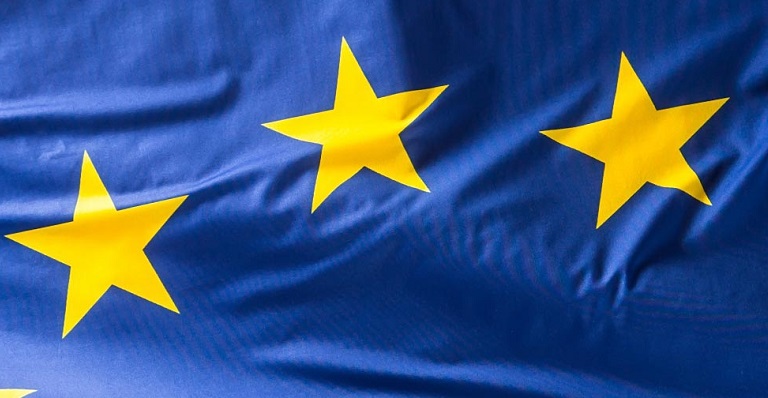Happy Oktoberfest! The annual German festival draws its roots from the wedding of the Bavarian Crown Prince Ludwig and Princess Therese of Saxony-Hildburghausen on October 12, 1810. All of Munich was invited to partake in the festivities. Nineteenth-century parties were the best.
From matrimonial beginnings, the festival grew into a Bavarian agricultural show and is now a globally renowned celebration of Germanic culture that begins on September 21 this year. Food, drink and good times are central to the 16-to18-day event. It’s become international in scale with around 6 million visitors from all over the globe partaking in the folk fest. Over 7,000,000 litres of beer are consumed each year.
Canada has strong links to the European country, with more than 3 million Canadians drawing from German heritage. Ontario’s Waterloo Region, the soon-to-be-home of EDC’s newest office, was a centralized settlement region for Germans arriving in the early 1900s. Fittingly, the Region celebrates its heritage with a huge Oktoberfest party: the largest in the world aside from Munich’s, bringing in 700,000 visitors.
From coast-to-coast Canadians don their little green hats and lederhosen, celebrating at events like Toronto’s Oktoberfest, Vancouver’s Harvest Haus, Nova Scotia’s Tatamagouche Oktoberfest and Vankleek Hill’s Beau’s Oktoberfest. Each party, big or small, celebrates Germanic traditions of music, beer and food.
While it’s great that Canada has imported this German festivity, how are Canadian exporters spreading this wunderbar-ness back to their European trade partner?
Canada isn’t showing up to the volkfest party empty-handed. Consider $2.9 million of mustard seed and $1,700,000 of pork was exported to the European nation in 2017, possibly for Oktoberfest schnitzel or brats. But Canadian exporters could be doing more.
Trade numbers for pickles and accordions were low but not in comparison to felt hats and beer (You’re missing out Germany!) which both had $0 in export values.
But the conditions are right for a stronger export relationship. The Trade Commissioner Service notes, “Germany is the largest food importer in the EU. Canada has a market position in grains and oilseeds, and branding and promotion work have boosted processed exports.” Those pretzels aren’t going to bake themselves!
Germany is a strong trade partner as Canada’s 9th largest destination for merchandise exports. The country is also Canada’s fourth-largest source for imports after the U.S., China and Mexico. This indicates there are existing networks that make accessing the market easier.
Aside from the agri-foods noted above, Canada’s top exports to Germany in 2017 included:

As with the numerous Canadian iterations of the Oktoberfest event, Canada imports more from Germany than it exports. Yet, considering the existing trade relations, the cultural connections, the shared love of hockey and the new market opportunities through the Canada-European Union Comprehensive Economic and Trade Agreement (CETA), Germany certainly has potential for Canadian business.
So, as we raise a pint or pretzel this year, look to international business with Germany.







